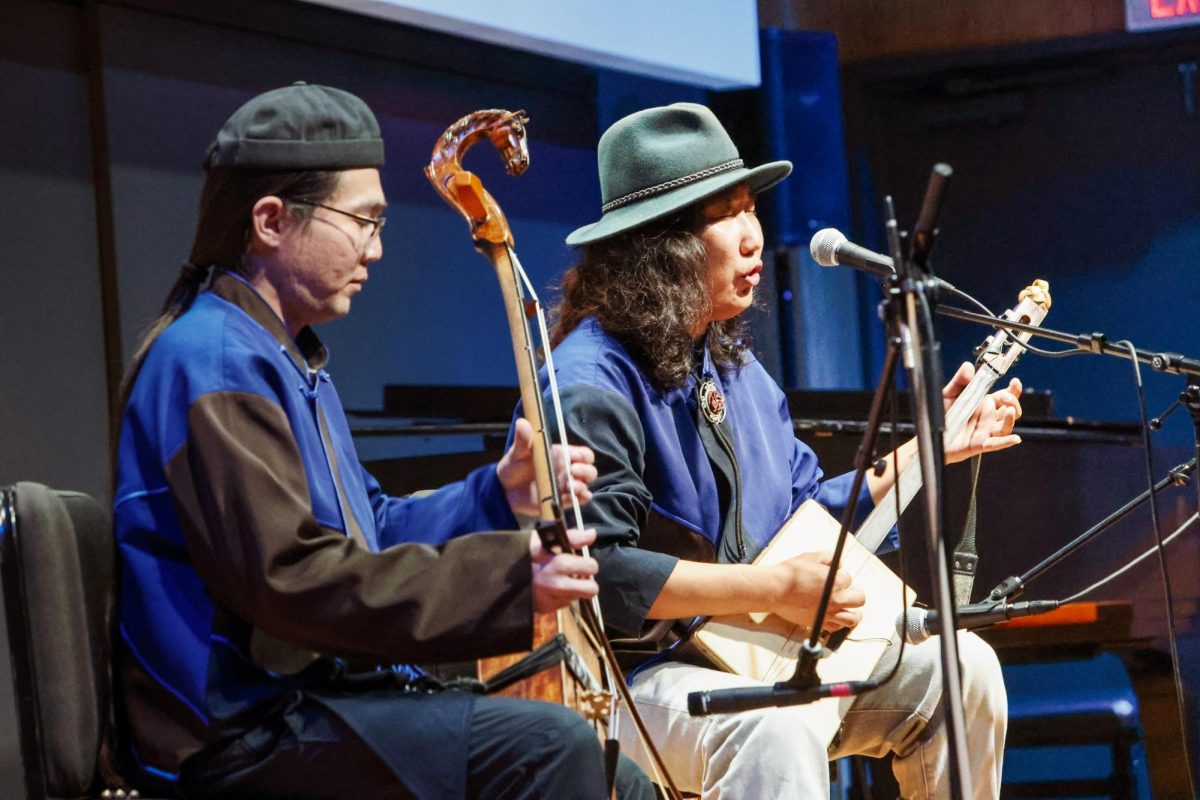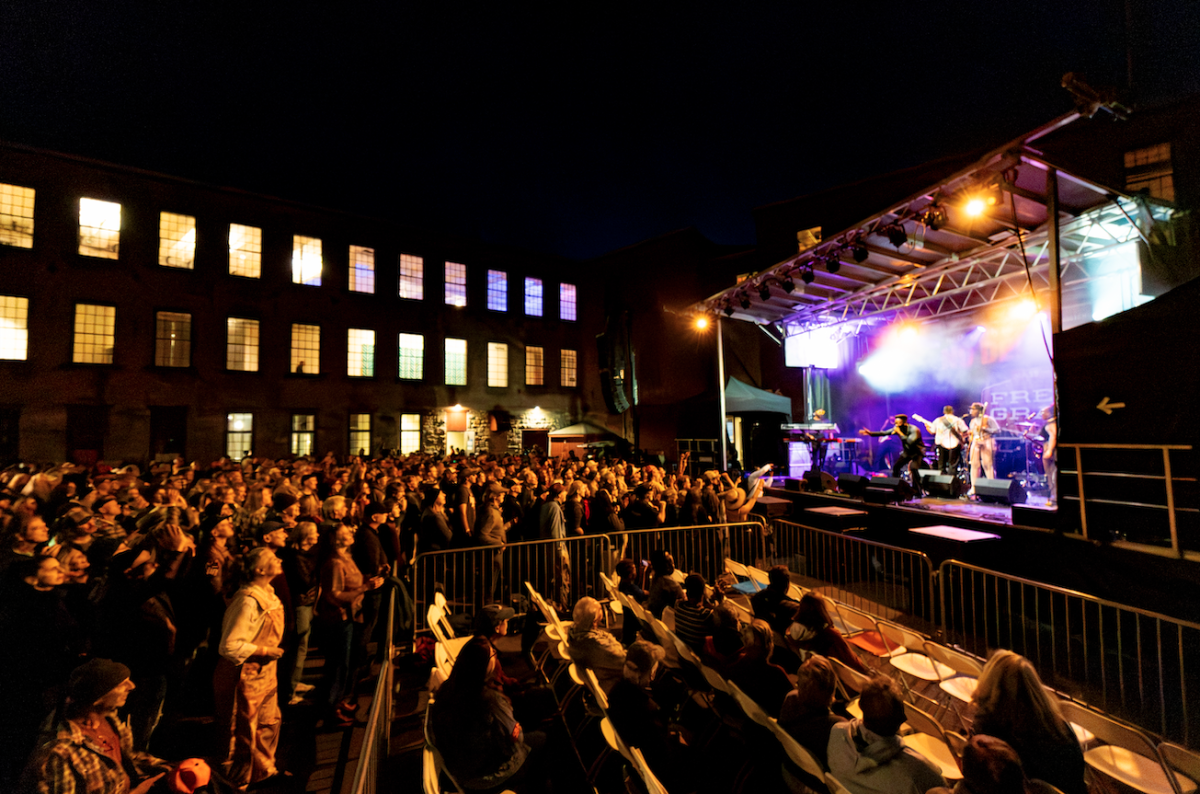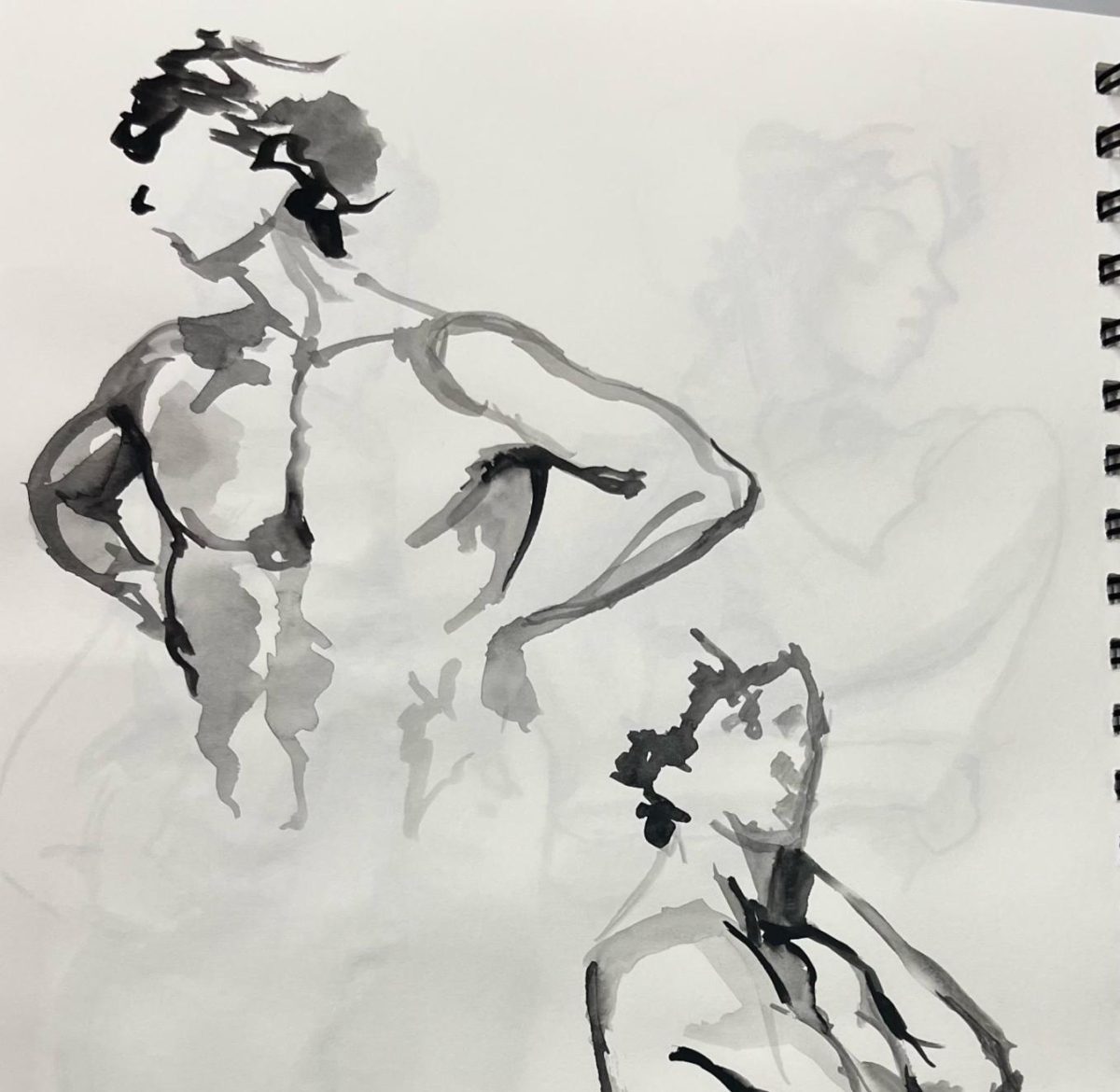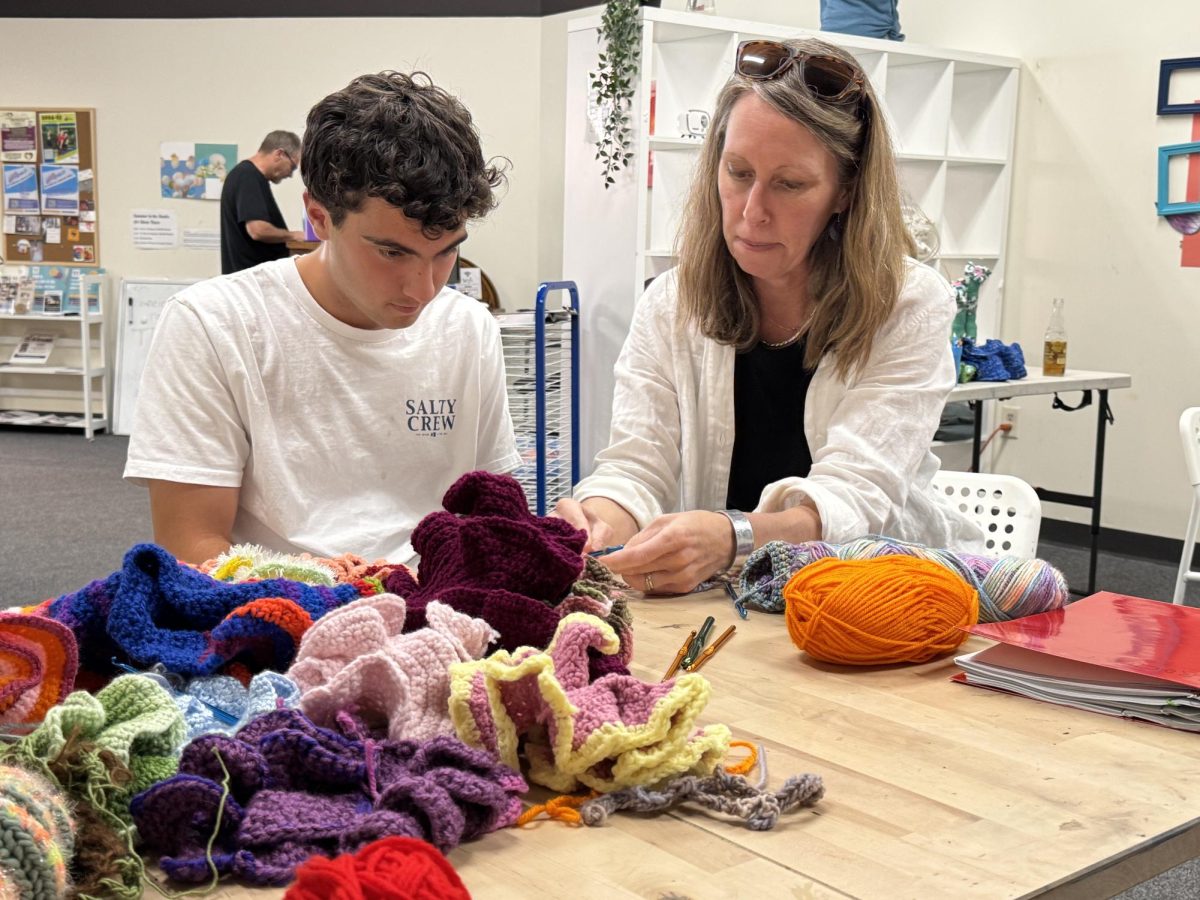Playing at Images through tomorrow, Woman at War, directed by Halldóra Geirharðsdóttir, chronicles the story of Halla, an Icelandic woman, and her fight against the industrialization of Iceland. Halla directs a choir and leads an outwardly normal life; in her alternative life, however, she is an “ecoterrorist,” an individual who advocates for the environment with dramatic and sometimes violent measures. Claiming the name “Mountain Woman,” Halla uses a bow and arrow to take down electrical lines connected to local aluminum factories. Despite her diligent planning, the Icelandic government and foreign corporate lobby groups effectively suppress her efforts. Just as Halla is planning her most dramatic strike on industrialization yet, her adoption papers from four years prior are finally processed, and a little girl named “Nika” in Ukraine is looking for a mother.
With its timely and poignant message, it is no surprise that Woman at War has captivated audiences in Iceland and abroad. It provides explicit commentary on environmental justice, climate change, surveillance, the influx of foreign nationals and tourists in Iceland and xenophobic sentiment in Iceland and Europe more broadly, and it shows the importance of fostering connections between Iceland and the outside world. Magnús Bernhardsson, professor of history at the College, has many personal connections to the film – his father has a cameo in the film, and he grew up knowing many of the actors. Bernhardsson, who saw the film last year in Iceland, immediately contacted Images when the film made its U.S. debut on March 1. When, in early April, the film came to Williamstown, Bernhardsson took the students of his class HIST 309: “Fire and Ice: The History of Modern Iceland” to see it.
I had the opportunity to talk with Bernhardsson about Woman at War on Monday for this week’s “Box Office Hours.” At the beginning of our conversation, I asked him to contextualize the current socioeconomic and political environment in Iceland.
“In our political context, this film is hard hitting,” said Bernhardsson. “Starting around WWI, we were one of the poorest countries in the world, and over the course of decades, we became one of the wealthiest. The way we survived back then was to utilize the very few resources we had in our country. But after WWII, there was consensus among the left and right that we should use geothermal and hydro power in addition to our other natural resources. We invited multinational companies who needed large industrial spaces and a lot of energy.”
“Everyone was very happy with it at first because it created jobs. In the ’90s, though, people started questioning it, partly because of the green movement and environment consciousness. People were saying ‘Why should we sacrifice the beauty of our country to line the pockets of corporations?’ I see this film as an intervention into this deeper political debate asking how much we should develop our pristine nation for these bigger entities?”
Bernhardsson sees Woman at War as a monumental step in Icelandic film, especially from a technical perspective. The film is shot with lush cinematography that beautifully highlights the green foliage and glacial Icelandic landscape. The score alludes to Iceland’s rich musical culture, as evident in Halla’s role as a choir teacher and the subversive placement of the bands playing the songs in the background of many frames. Critics largely concurred with Berhardsson’s high assessment of the film, as it took home 10 Edda Awards, Iceland’s version of the Academy Awards.
For those not well-versed in Iceland’s political climate, Woman at War may be viewed purely through the lens of environmental justice. But, to those more familiar or those who are from Iceland, like Bernhardsson, the film addresses much more than the central motif. He saw the scenes of DNA-testing and blood sampling at the airport as a reference to deCODE genetics, an Iceland-based company that collected many citizens’ DNA to track ancestry, and the ways in which this information could lead to widespread surveillance.
One key subtheme in the film is the treatment of foreign nationals. A character in the story, an immigrant to Iceland, repeatedly receives blame for the crimes Halla commits due to his foreign status. Bernhardsson has seen this xenophobia and nativism play out in Icelandic media recently.
“They’ve started to say ‘someone of foreign origin’ has done this crime. This film is criticizing some people’s tendencies to immediately blame the foreigners when something bad happens,” Bernhardsson said. “It’s a critique of xenophobia, trying to figure out who we are, our identities. It makes us aware of how we think and talk about foreigners.”
Woman at War is at once a story about the environmental consequences of industrialization and an ode to Icelandic culture, in its positive and negative manifestations. It centers environmental justice on an atypical, seemingly unsuspected character, and, in doing so, calls upon us all to act with vigor and equity in our push for environmental protection.








